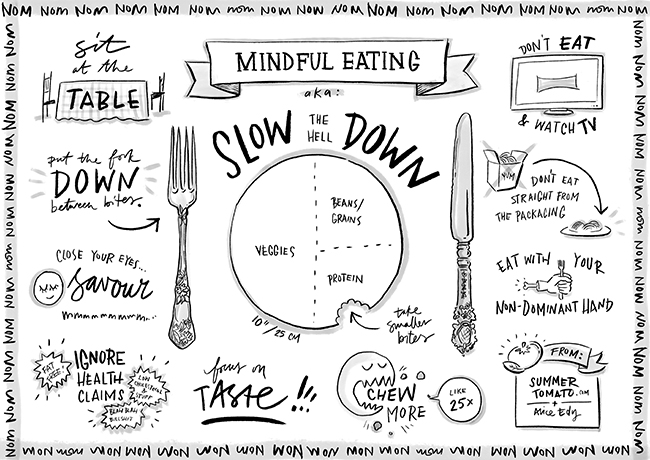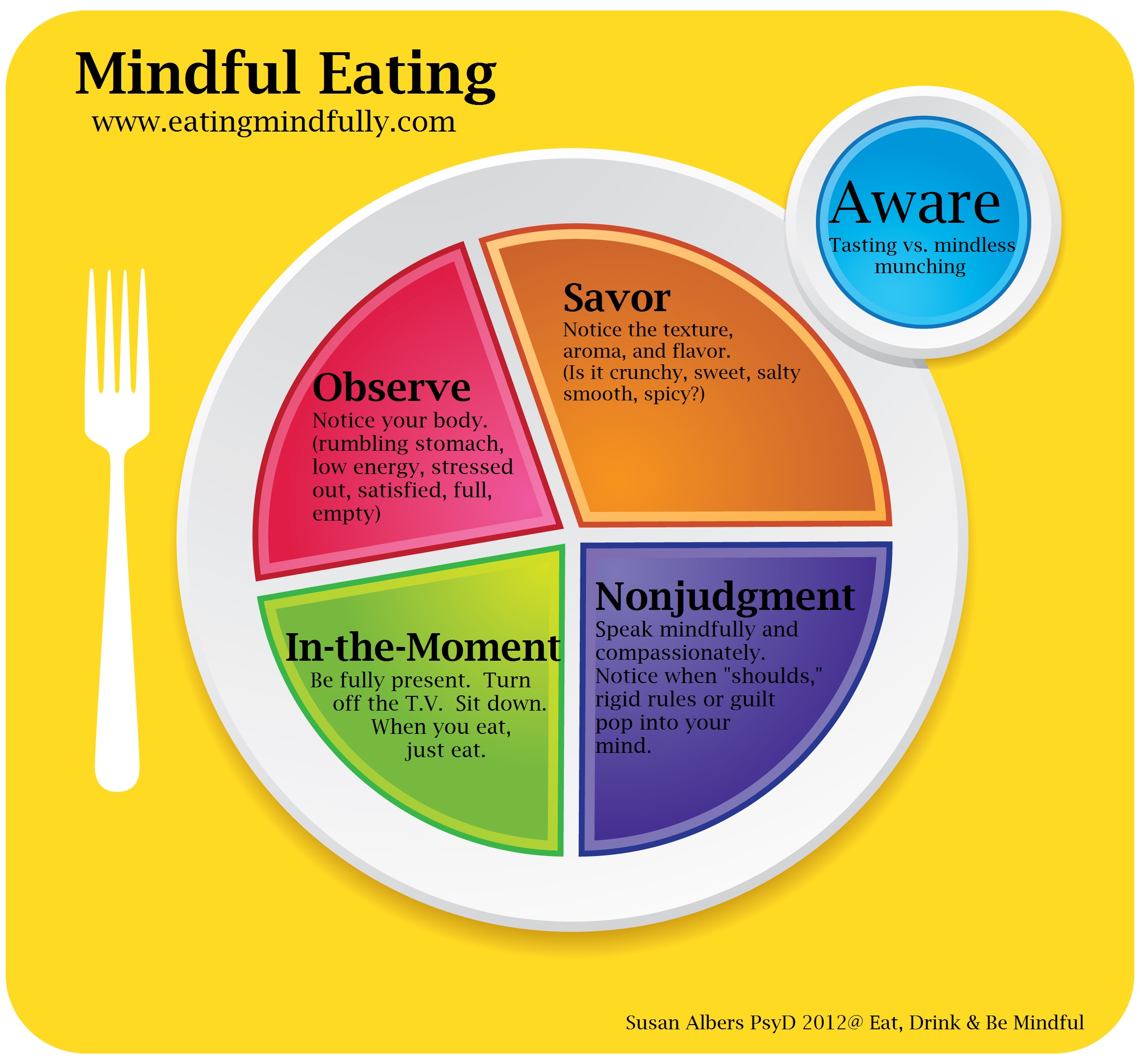
(Image from VIM Fitness)
The food we put into our body is what fuels the way we feel, look and even think.
Food has many nutrients that are either beneficial or may cause negative effects.
When it comes to mindful eating, we are being aware of what is going into our body and giving thanks to everything we eat.
Did you know, eating before using substances can help your time go a lot better? Your body needs to be fueled especially when you eat a substance, it is absorbed through the lining of the stomach and small intestine. If this is empty, this is when acid reflux or gut inflammation can form. Some drugs can make you nauseous, but it’s usually best not to be on an empty stomach.
Being mindful of what is entering your body is also a way of self-care, as you are taking the time to assess, acknowledge what is going into your stomach and body and becoming aware of what feels good to and for you.
Everyone has differences when it comes to food and our bodies. Some folks have bowel issues, eating disorders, gluten intolerances, allergies and more.
What food groups work for some, may not work for others. This is just the beginning to figuring out what feels good for you.
**It is important to know that this is not about feeling guilt or shame about eating any foods, including those that make us feel happy or give us comfort, eating past feeling full, or eating foods that don’t make us feel good – it is strictly about awareness and noticing what is. We are all human and deserve all food groups, including those that give us comfort. **

What is Mindful Eating?
Mindful eating is a sensual awareness so to speak. It is a way to think about and notice what you are eating, see what your food looks like, feel the textures, experience the taste, and embrace the smell. It is literally meditation with food!
It is your overall experience when it comes to food. The moment you think of what you want to eat, or what you need to enjoy that food is you being mindful. When you want to step your game up a little more, you can ask yourself things like:
- “Am I hungry?”
- “Am I eating out of stress? Boredom? Something else?”
- “Is there something I am really craving right now?”
- “How does this food make me feel?”
Remember, you don’t need to do anything different or feel any kind of way about your answers or feelings, we are simply noticing.
If you are struggling with food, disordered eating or strong emotions around food, this may not be helpful for you, AND mindful eating can play a role in healing as well.
When you take the time to be mindful, you are acknowledging every bite you take.
*FUN FACT* It is said that an individual should take 32 chews each bite…. But who’s counting?
When you chew really fast you may become full more quickly, but you may feel hungry again sooner. Your body isn’t given enough time to digest its food, and that is why taking time to chew helps and when you take your time, you release all of the aromas and flavours!
A big thing with mindful eating is our emotions. We eat when we’re hungry and also maybe when we are sad, bored, mad, frustrated, confused, and more.
Sometimes we are feeling many things all at once – when there’s a big deadline, stress in a relationship, issues with motivation, the weather, or when it’s that time of month – it can be “rampage time”. This is when nothing else matters but getting that comfort fix, sometimes in the form of that specific food that you’re craving, but really you are craving everything so nothing actually helps.
This moment is a struggle.
When we address our emotions first we are able to be aware of what we truly need. We are able to tell if it is food that we want, connection we are missing, something to occupy the time, or something else entirely.
Mindful eating is taking care of our mental health. It is taking time for YOU during your day. It is helping us examine what we eat and change the relationship we may have with food.
If an eating disorder is a part of your life, it can be a way to help cut out negative talk – with mindful eating we are paying attention to what is, not what is good or bad.
How to Use Mindful Eating
Everyone is different, and these are a few examples you may follow, but doesn’t have to be in any particular order. You can build your own mindful eating cycle!
- Eat slowly without distractions! Technology is a big distraction and when watching a tv show or movie we tend to eat more quickly and more often.
- Listen to all your hunger cues.
- Engage in your senses by noticing colours, smells, sounds, textures, temperatures and flavours.
- Take some deep breaths before your meals. By taking those deep breaths you expand your stomach and opening airways to help with digestion.
- Eat to maintain overall health and well-being.
- Noticing the effects food has on your emotions & get support if there are a lot of negative feelings coming up often.
- Appreciate your food! Food is our main source of nutrients and keeps us alive!

Harm Reduction and Mindful Eating
- When doing breaths before meals, we are engaging our stomach muscles which can help with indigestion or any sort of upset stomach.
- Choosing to eat without any distractions gives us the chance to focus on what is right in front of us, giving us a moment to really enjoy the moment.
- By taking the time to mindfully eat our food, we are decreasing the risk of choking.
- By taking time to eat mindfully, we are able to learn to trust our bodies and intuition about hunger, emotions and food.
Remember to be mindful, take care, and take deep breaths. Our body and mind are one.
Resources
https://www.healthline.com/nutrition/mindful-eating-guide#what-it-is
Written by a Trip! Peer, Nicole N.